Various modes of Marcy 2's fully functioning wifi camera are shown. A 168Mhz 128k RAM chip compresses JPEG & streams on 802.11g. As the frame size increases & color is enabled, the framerate goes down. Body movement around the antenna makes it drop packets. It still compresses a lot faster on 168Mhz & 128k RAM than a 166Mhz Cyrix with 64MB SDRAM did, 15 years ago. The Cyrix only did 5fps 320x240 color, if you were lucky.
With a new, unmelted camera finally arriving, the true frame rates & bit rates could be known.
640x480 color: 3fps 800 kbit
640x480 grey: 4fps 1 megabit
320x240 color: 20fps 2.5 megabit
320x240 grey: 30fps 3 megabit
Quite an improvement over the UART cams from Sparkfun. The bitrate got a lot higher when the lens wasn't melted. All the 640x480 modes had to go to single buffers to fit in the RAM. They could double buffer if the quality was reduced way down. Noise is now the real problem. Capacitance directly on the wireless dongle is the key. Networking bitrate is way up. Bluetooth wouldn't be an option.
Desoldering position for the melted cam.
Another $20 in Nate's retirement fund.
Another perfect soldering job.
Marcy 2's eye.
It's certainly no good for aerial photos at 1Mhz. Rolling shutter is much less at 28Mhz.
The camera generates much less noise when underclocked below 4Mhz, but the rolling shutter is really bad. The network is very prone to going down or dropping out during a high bitrate stream, since the chip doesn't have enough bandwidth to service ASSOC requests while streaming at full speed. Pounding on the 'iwconfig essid Marcy2' command keeps it alive, but a phone can't be depended on to do that.
It's not every day such an original hack job suddenly spits out 30fps video, but the nominal bitrate in flight is only going to be 256kbit & that could have been done by bluetooth. It would be a lot easier for users to get working & it has a lot more supported parts.
Getting the frames to align on the top row ended up requiring starting
the DMA 1st, the camera configuration 2nd, & the DCMI last. There was no obvious way to synchronize the DMA with the VSYNC. Perhaps the DCMI does some magic when DMA is already running.
Consider the material cost: $14 for the ARM, $10 for the camera, $5 for the wifi card, $10 for the board & discrete parts. The receiver is built into every laptop & it's a modern digital signal instead of the 15 year old analog everyone else is using, so it could be a viable alternative to an analog flight downlink.
Marcy 2 now needs a huge cash infusion to continue. Hobbyking has stopped restocking most everything that made it not Tower Hobbies, leaving only full priced versions.
The very 1st images received from Marcy 2's wifi camera.




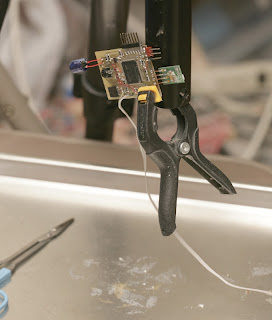
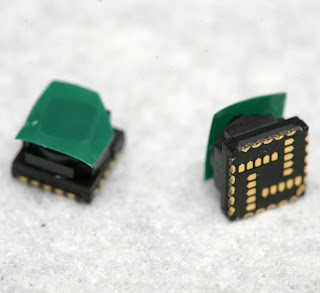
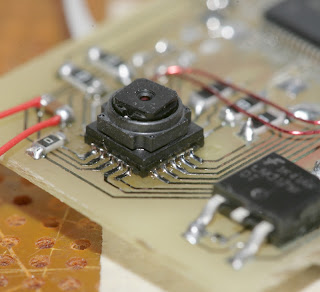
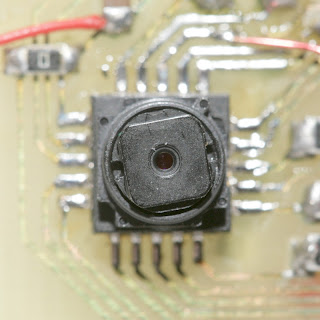
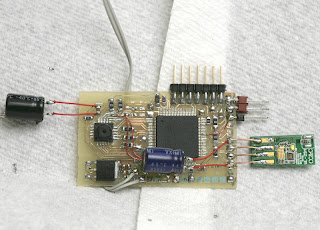
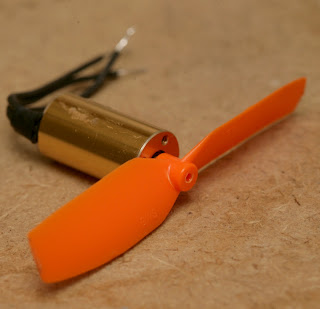
 , 6 ducted propellors, semi-waterproof, enough room for 4 5A 4s lipo's. maximum prop size is 12".
, 6 ducted propellors, semi-waterproof, enough room for 4 5A 4s lipo's. maximum prop size is 12".


